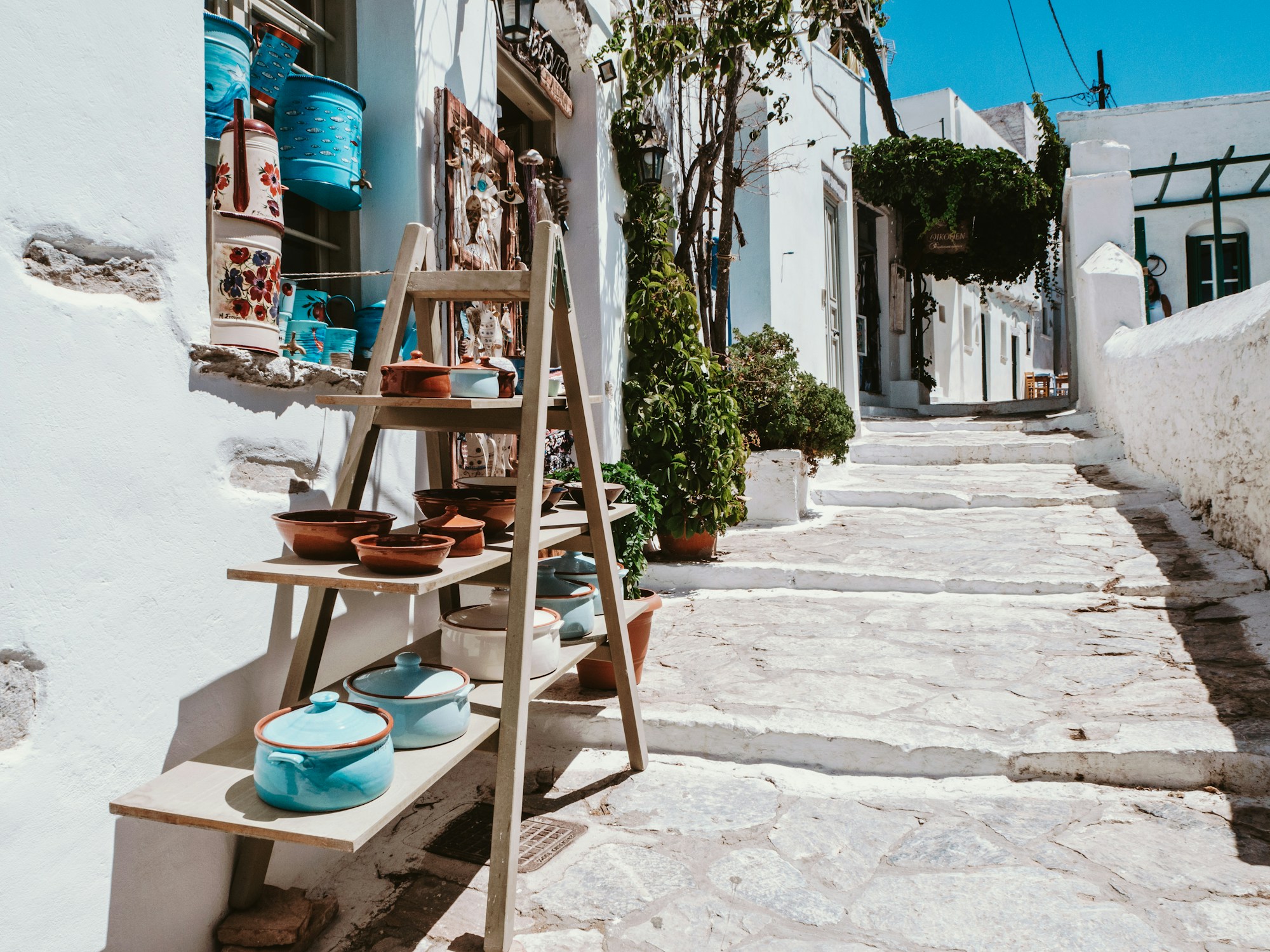Amorgos: Explore Local History, Customs, and Festivals Guide
Discover Amorgos: A guide to its rich history, traditions, and vibrant festivals. Dive into the heart of this enchanting island.

Amorgos: Exploring Local History, Customs, and Festivals
Introduction
Amorgos, the easternmost island of the Cyclades in Greece, is a hidden gem that offers visitors a rich tapestry of history, culture, and scenic beauty. Known for its striking landscapes, picturesque villages, and ancient ruins, Amorgos is an ideal destination for those seeking an authentic Greek island experience.
Historical Background
The history of Amorgos dates back to ancient times. Evidence of human habitation on the island has been found from the early Cycladic period (3200-2000 BC). Over centuries, Amorgos has seen the influence of various civilizations, including the Minoans, Byzantines, Venetians, and Ottomans.
Ancient Times
During ancient times, Amorgos was known for its significance in the Cycladic civilization. The island is mentioned in texts by ancient authors such as Homer and Herodotus. The three ancient cities of Arkesini, Minoa, and Aegiali were significant centers on the island.
Medieval Era
In the medieval period, Amorgos came under Byzantine rule. The island was fortified, and many monasteries and churches were built. The most famous is the Monastery of Panagia Hozoviotissa, established in the 11th century. Venetian and Ottoman influences also shaped the island's history during later centuries.
Cultural Practices
Amorgos's cultural life is deeply rooted in its traditions, which have been preserved and passed down through generations. The islanders are proud of their heritage, and visitors can witness various unique customs and practices.
Traditional Attire
Traditional clothing is still worn during religious festivals and important events. Men typically wear the 'Vraka', a type of baggy trousers, while women don intricate embroidered dresses with colorful scarves.
Music and Dance
Music and dance are integral parts of Amorgian culture. Traditional instruments such as the violin, lute, and taboras are commonly used. The island's dances, including the syrtos and balos, reflect the harmonies and rhythms of the Aegean Sea.
Culinary Traditions
The island's culinary scene is famous for its use of fresh, local ingredients. Traditional dishes include:
- Patatato: A lamb stew with potatoes, typically cooked during festivals.
- Xerotigana: Fried dough pastries, often served with honey and nuts.
- Psimeni Raki: A local spirit made from raki and honey, flavored with cinnamon and cloves.
Festivals in Amorgos
Amorgos hosts several festivals throughout the year that celebrate its religious and cultural heritage. These festivals are occasions for locals and visitors to come together and participate in traditional rites, music, and dances.
Easter Celebrations
Easter is one of the most important celebrations on the island. The Holy Week is marked by religious services, processions, and the creation of an elaborate 'Epitaphios' (a ceremonial bier). On Easter Sunday, families gather for feasts involving roasted lamb and traditional dances.
Panagia Hozoviotissa Festival
Held on November 21, this festival celebrates the Monastery of Panagia Hozoviotissa, dedicated to the Virgin Mary. Pilgrims travel to the monastery for a special service, followed by communal meals and festivities.
Feast of Agios Ioannis
On August 29, the feast of Agios Ioannis takes place in the village of Katapola. It features religious rituals, traditional music, dancing, and local food, creating a vibrant atmosphere for attendees.
Cultural and Artistic Events
During the summer months, the island also hosts various cultural and artistic events. These include film screenings, art exhibitions, and performances by local and visiting artists, adding a contemporary flair to Amorgos's cultural offerings.
Local Anecdotes and Interesting Facts
Amorgos is home to many fascinating stories and facts that add to its charm. Here are a few:
- The Big Blue Connection: The island gained international recognition due to the 1988 film "The Big Blue" (Le Grand Bleu), directed by Luc Besson. The film's stunning underwater scenes were shot near Amorgos, bringing attention to its clear waters and beauty.
- Hidden Beaches: Amorgos is known for its secluded and pristine beaches such as Mouros, Agia Anna, and Levrossos. Many of these beaches can only be accessed by foot or boat, offering a tranquil escape.
- Ancient Minoan Site: The ancient site of Minoa, located near the modern town of Katapola, is believed to have been a Minoan colony. Archaeological excavations have revealed significant findings, including remnants of buildings and artifacts.
Conclusion
Amorgos is a jewel in the Cyclades that captivates visitors with its rich history, vibrant culture, and natural beauty. From the ancient ruins and monasteries to the lively festivals and traditional customs, the island offers a unique and immersive experience. Whether you are an adventurer seeking hidden beaches or a cultural enthusiast looking to delve into local traditions, Amorgos promises an unforgettable journey.
